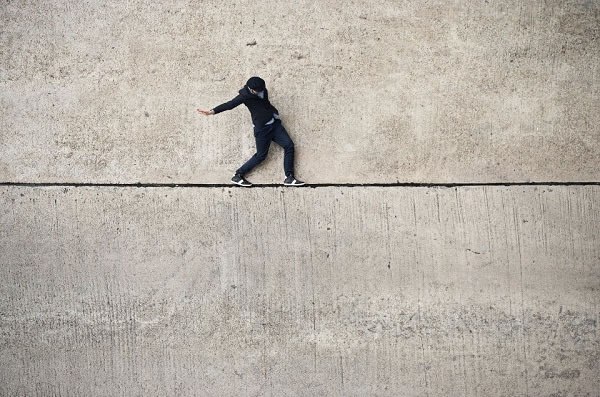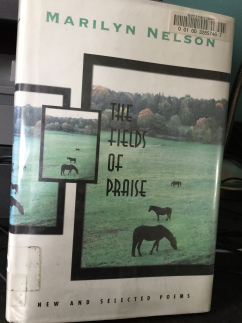I keep a close watch on this heart of mine
I keep my eyes wide open all the time
I keep the ends out for the tie that binds
Because you’re mine, I walk the line.
-Johnny Cash

The loud crash brought me running into the kitchen to find my three-year-old huddled over shards of china on the floor. The knob of my late grandmother’s sugar bowl lid was in her hand, the rest of it in a thousand little pieces at her feet, cream and gold glittering. Another piece of grandma’s china set gone – one of the last physical reminders I have of her.
“Sorry,” she said. I felt my chest tighten. It wasn’t even seven a.m. This wasn’t a good omen.
The broom and dustpan used and put away, I busied myself with making breakfast, dripping coffee and sizzling eggs and plates and sippy cups and mugs filling the mental real estate at the forefront of my consciousness.
The morning seemed to be getting back on track when the conversation turned to the jazz singer, Diana Krall, whose sonorous voice was providing the background music for our breakfast. What started with innocent observations about the nature and category of her voice (was she an alto? A tenor?) swiftly devolved into an angry war of words between my husband and me.
I sat, head in hands, in our bathroom trying to untangle this crazy internal mess.
What was going on?
Leadership consultants Dethmer, Chapman and Klemp would posit that I had unknowingly slipped below the line.

And what exactly is this line? Their theory is that all of us are functioning from an internal space with a horizontal line running through the middle. Above the line is a space in which we are open to new input, receptive, curious about others and self-aware. Below the line is a space in which we are defensive, closed-off, resistant to new inputs and less mindful of our own behavior. In this space, we are more driven by impulse and self-protection.
Open, Receptive Closed, Defensive
The problem, they would say, was not that I had slipped into this lower territory. We all go there. We are constantly fluctuating up and down on the continuum between the two spaces. The trouble started when I drifted below the line without knowing I had gone there.
The broken china had affected me in a way I hadn’t yet fully processed, and my frustration had pushed me into a self-protective stance. From my vantage point below the line, new and different ideas felt more like attacks than interesting breakfast banter, as they would have from my more frequent position above the line.
This core issue of self-awareness is central to so much of the conflict I face – with myself, my husband, my children. When I am self-aware, I have greater control over myself. I can make decisions about what to do next, the strength to consciously respond to the situations I am confronted with rather than impulsively reacting. I am in essence using my brain’s full thinking capacity to consider a multitude of effective responses, rather than resorting to fight or flight.
When I’m above the line I have greater patience with my kids. Bowls get broken and I don’t throw a fit. But the challenges of life can tend to have a residual effect that clings to me. I know I’ve gone below the line when a harmless observation feels more like a personal attack.
So, what can we do to better determine whether we are above or below the line?
1. Take a physical inventory. When the bowl broke and I felt my chest tighten, that physical sensation was my body telling me that something wasn’t right. Stress, frustration, anger, fear can all manifest themselves in us in physical ways. When we feel these physical sensations, we’d be wise to take a moment to consider what emotion they are pointing us towards.
2. Take note of the source. Once we determine what we are feeling, it is important to begin unraveling why we are feeling it. Linking our emotions to their triggers gives us greater self-awareness as well as agency to determine how we will respond.
3. Take note of the line. Once we’ve identified our emotions, we can better determine what headspace we are in. Are we confronting strong emotions that need time to be processed further? If the answer is no and we feel open and receptive to criticism or an unfolding conflict, we are likely still above the line and can continue to process through it. If the answer is yes, we are most likely below the line and would be well-served by taking a time-out.
You can also tell close friends and family about the line, and use it as a kind of shorthand when things start getting uncomfortable. It can be an easy tension-breaker, a way to signal a need for a break that takes personal responsibility and doesn’t cast blame. “I’m sorry, I just noticed I’m dipping below the line. I want to talk to you about this. Can we revisit it in an hour?”
From time to time, all of us walk the line. What seems on the surface like an insignificant encounter can easily push us onto one side or the other. But as long as we know where our boots are, we are moving in the right direction.
Share this:





